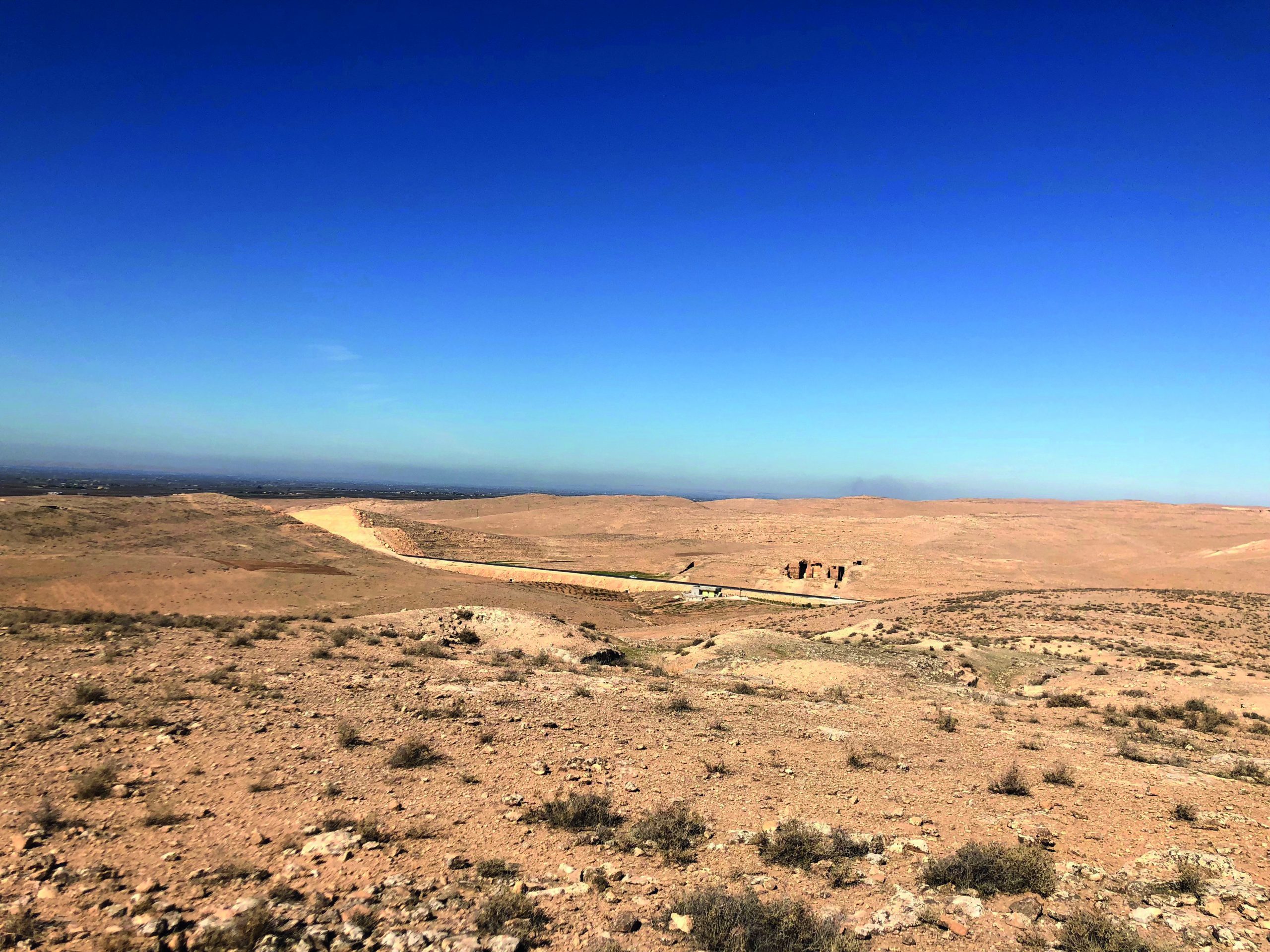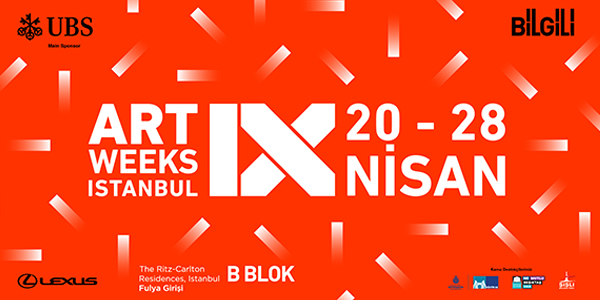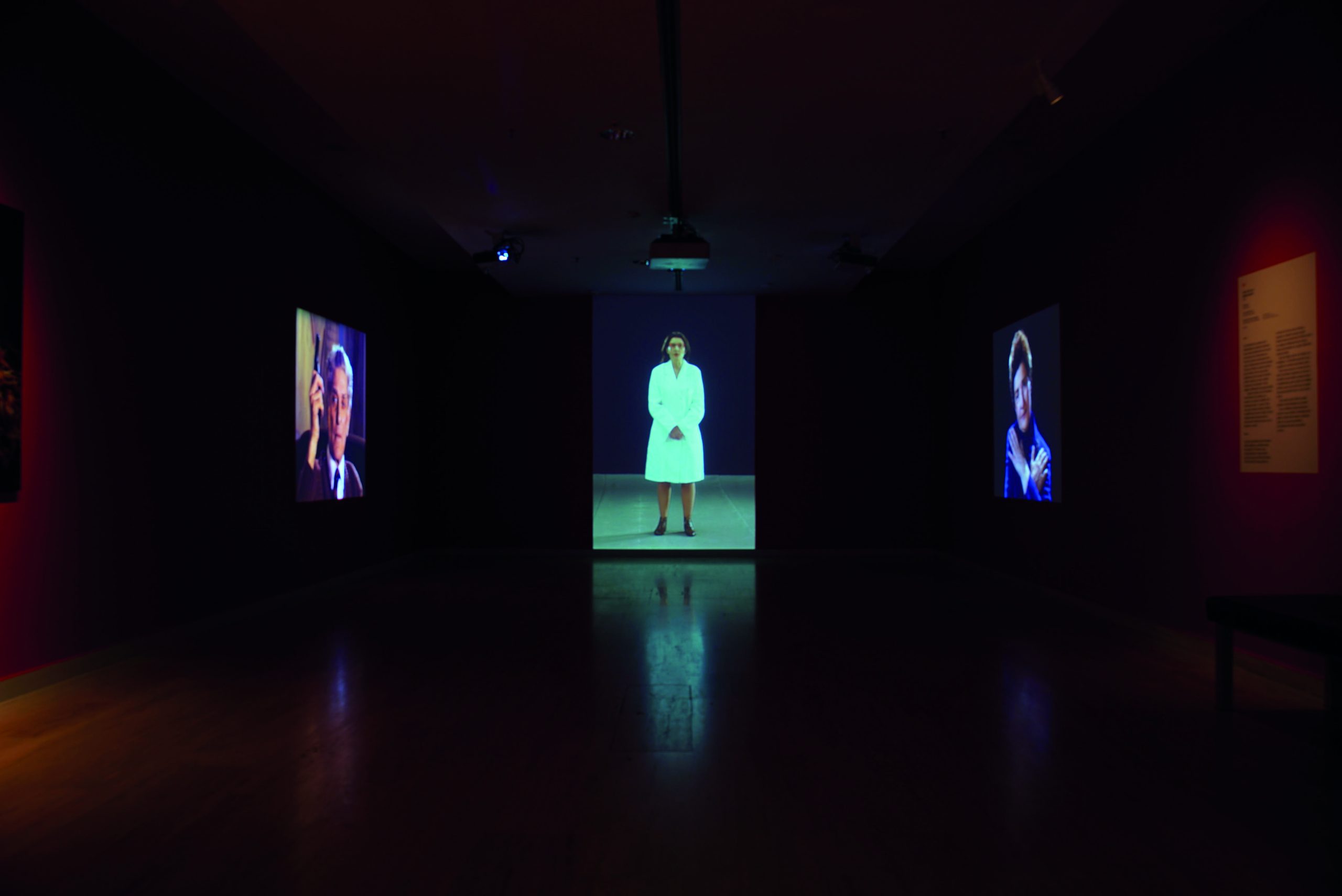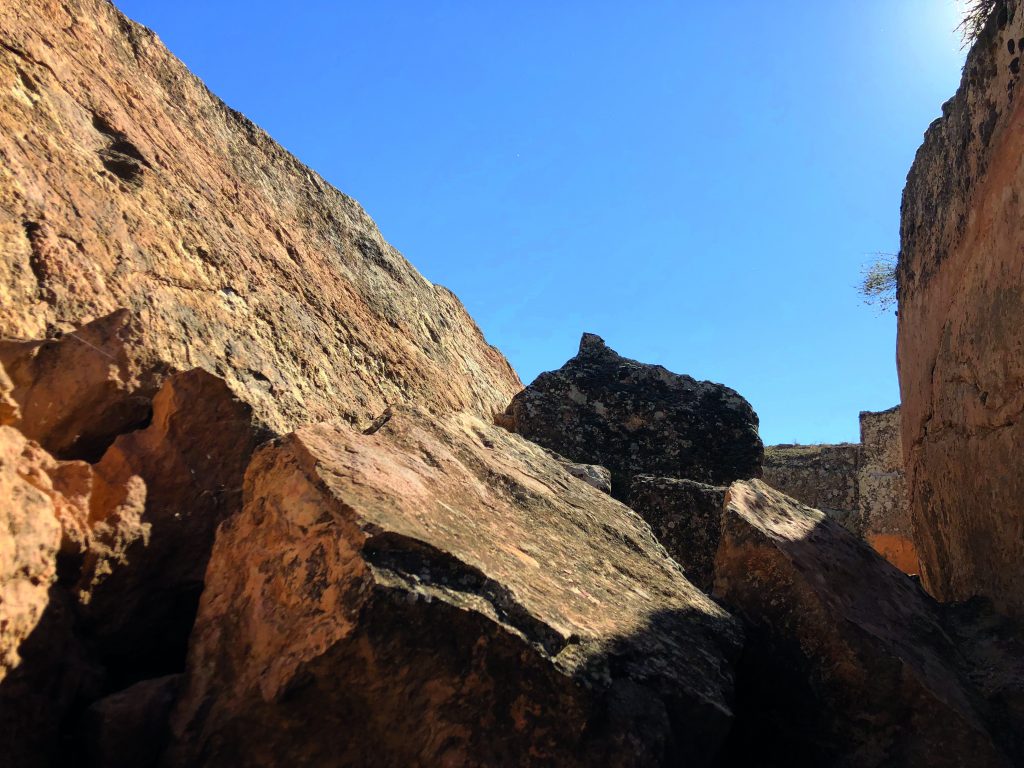
A multi-media artist, climate campaigner and photographer is working on a piece of art so large, that once complete it will be visible from space.
Located roughly 20 kilometers from Turkey’s present-day border with Syria in Upper-Mesopotamia, Harran lies at the heart of where mankind first settled down. Archaeological remains — such as those at the nearby site of Göbekli Tepe— demonstrate the earliest signs of civilization as we know it. Here, the cultivation of crops and the domestication of animals first came into practice, and the first connections between religion and architecture were formed. The city was once populated by the Sabians, a community of star worshippers, and became a vital trading post in the ancient world. Its geographical location provides an outstanding view of the constellation Orion. The world’s first observatory and university were constructed here, of which the great archway still stands today. Much later, in the 9th century AD, Harran was the leading city for the production of celestial globes in the Arab world.
Working with Japanese architect Mitsunori Sano, Comte will chisel an initial series of five (and potentially seventeen) circular excavations into the desert ground, ranging from 20 to 25 meters wide and at least three meters deep. The installation will cover an area of over 120 kilometers. The scale and position of each circle will mirror the formation of Orion in the night sky, which is especially visible in the skies above Harran during the months of February and March. Each evening after the sun goes down and until the moon is visible, the outline of each circle will be gradually illuminated. It will form a symbolic connection between the knowledge of the ancient Sabian star worshippers and technology today.
“Appreciating this work will require commitment in the strict sense of the word,” said Michel Comte. “‘The Centre of the World’ is not at first easily visible, plus it is located far from the beaten track, in a site loaded with history extending from the beginning of civilization to the current time. People first have to make their way here, and then they have to experience it at different moments of the day in order to fully appreciate all the variations that light and shadow will create.”
Comte chose to work in Harran because its multilayered historical, societal and religious legacy lives in tandem with a complex socio-political reality of today. His aim is to build a bridge between the ancient and the new, as Comte notes, “a road to peace.”
Comte’s commitment to socially-oriented projects started over thirty years ago. In 1994 and’95 he worked to support the building of an orthopedic hospital in Kabul, Afghanistan, travelling there many times over the year. Similar projects followed, including auctions to raise money for the International Committee of the Red Cross and similar organizations worldwide. Throughout his years as a fashion photographer, he worked on photo assignments from the International Red Cross in war-ravaged regions including Bosnia, Angola, Rwanda, Ethiopia, Eritrea, Kenya, Sudan and Somalia. Comte recorded much of what he saw during these years in a book, People and Places with no Name, published by Steidl.. During the Gulf War he went to Iraq twice, and worked in Jordan, Israel, Palestine, Egypt and Syria.
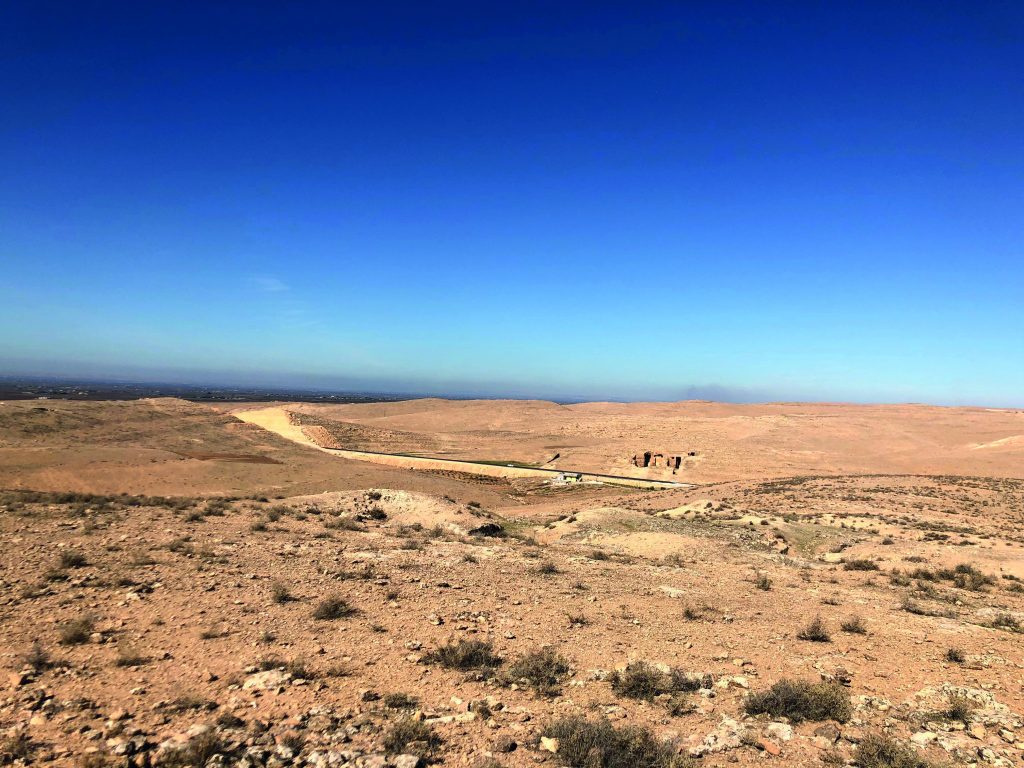
Born in Zurich in 1954, multimedia artist Michel Comte studied in France and England. He began his career in art restoration, specializing in contemporary art; his restoration works include those by Andy Warhol, Yves Klein and Miró . In 1979, Comte met Karl Lagerfeld, who gave him his first commercial assignment for Chloé and later, Chanel. He has since collaborated with Vogue Italia, Vanity Fair and Interview, in addition to brands such as Dolce & Gabbana, Gianfranco Ferré, Calvin Klein, BMW, Ferrari and LVMH.
Comte later traveled to conflict zones to raise funds for humanitarian projects, such as “People and Places with No Name.” After meeting Ayako Yoshida in 2008, he has dedicated more time to art and personal projects. Together, they produced their first 3D feature film, “The Girl From Nagasaki,” in 2013. In the fall of 2016, Comte opened “Neoclassic,” his exhibition on the rise and fall of neoclassicism, at the National Gallery of Parma. He has completed four exhibitions from his “Light” series: at the Museo Maxxi in Rome, at La Triennale in Milan, Beijing’s Galerie Urs Meile, and most recently at Dirimart in Istanbul. “Light” is a study of natural landscapes through large scale sculptures, photography, video installations and projections, exploring the impact of environmental decline on the world’s glaciers and glacial landscapes.
Upcoming projects
In the spring of 2021, Comte will have a major solo exhibition at the Old Royal Naval Collage in Greenwich, London. In the summer of 2021 he will sail to Spitsbergen, a Norwegian archipelago in the North Pole, as part of a project that will include a light installation to highlight how much ice is being lost in the area. In the second half of November 2021, Comte will exhibit a 3D=map projecting images of glaciers onto buildings in Vatican City.







